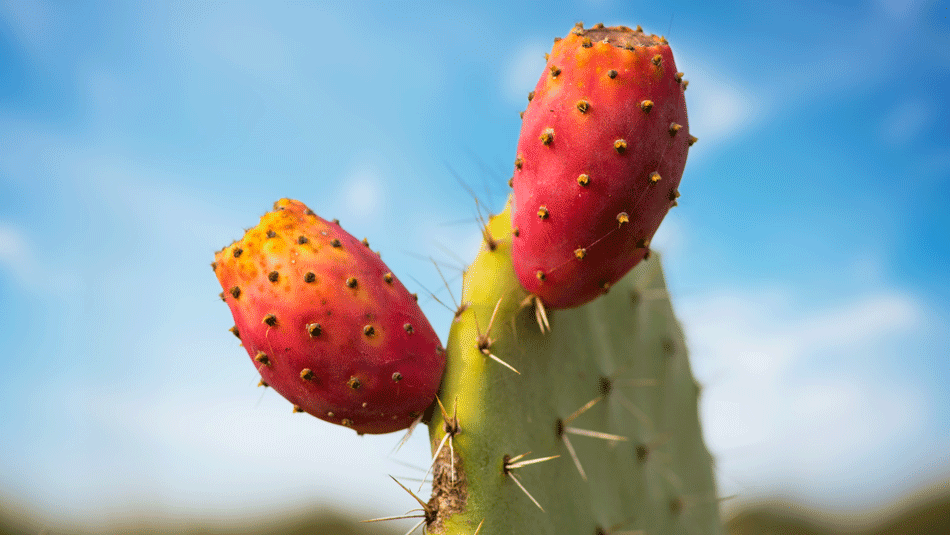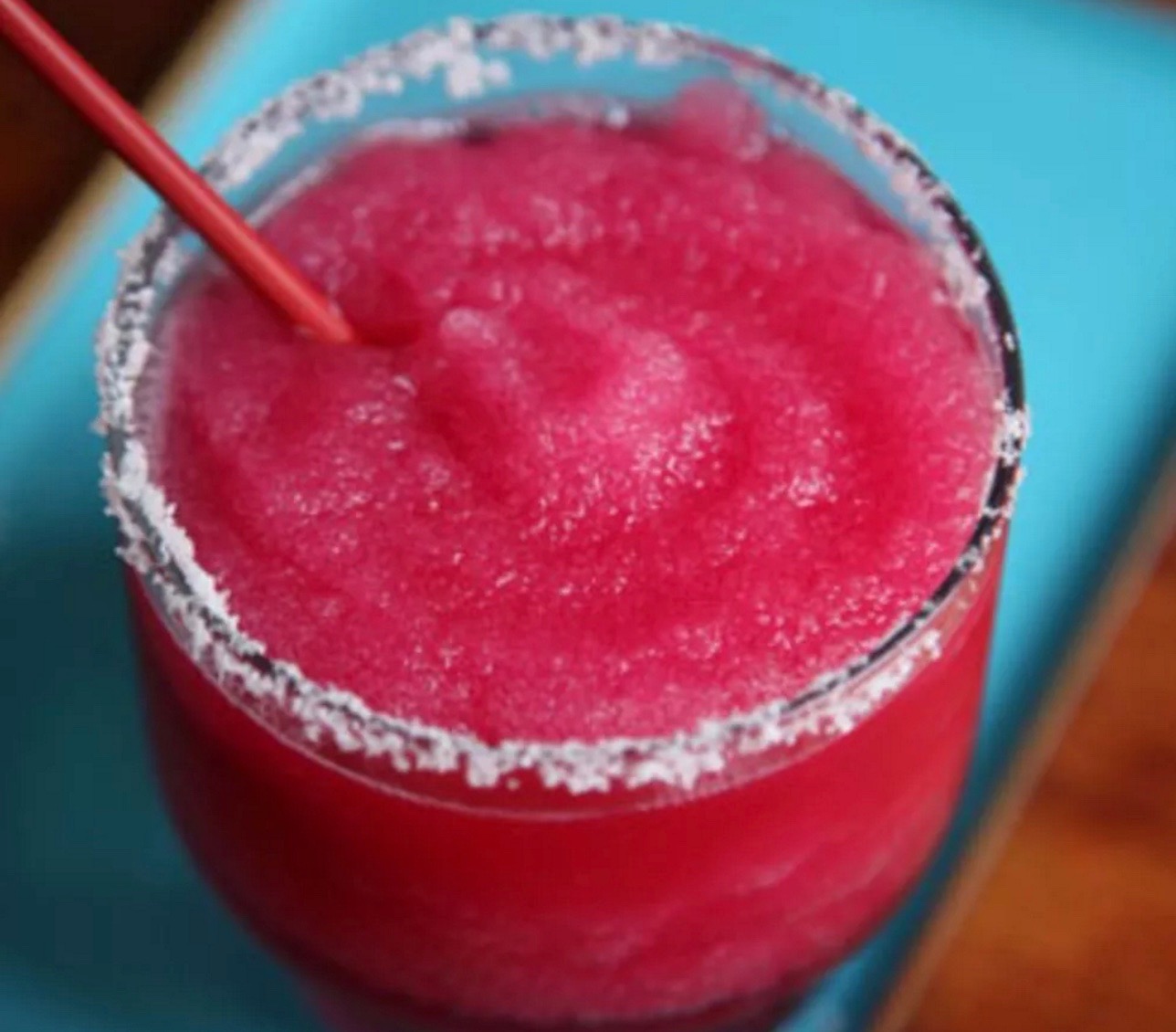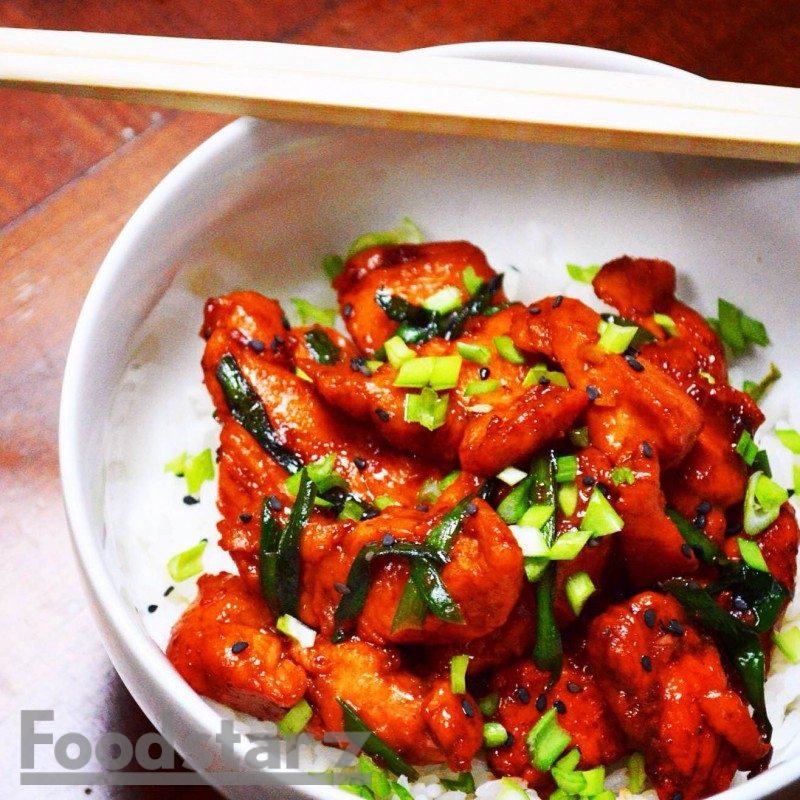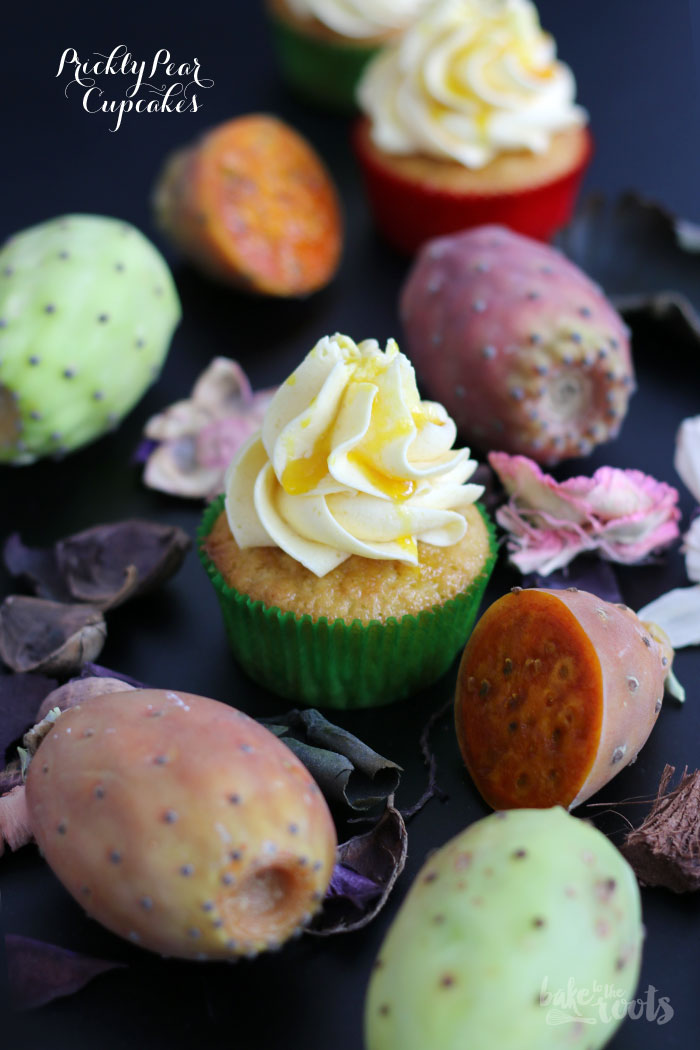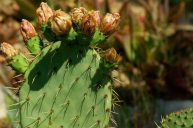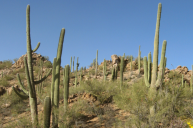You've seen it in countless places, you've had it in numerous beverages, but what is the prickly pear cactus, and why are we so obsessed with it? Being from Texas means one thing and one thing only: state pride everywhere, even when it comes to prickly pear cacti. When the Texas prickly pear cactus is used effectively, it's nothing shy of delicious. Plus, what is Texas if it's not the king of making its own traditions, prickly pears included?
Videos by Wide Open Country
It all started when the prickly pear was declared the state plant of Texas in 1995. Beautifully rigid in all of its glory, the prickly pear is a cactus seen in many corners of this fair state. It's so engrained in Texas tradition that Shiner Beer created a limited-edition prickly pear seasonal beer for Texas' inhabitants to enjoy in 2016. Here you'll learn about the prickly pear, from its uses to how to eat it, along with three delicious recipes we swear by.
What are Prickly Pear Cacti?
A member of the Cactaceae family, the purple prickly pear cactus is also known as nopal in other regions of the world. It's part of the Optunia ficus-indica species of cacti, and the prickly pear fruit itself is one variation of the fruits these types of cacti produce. Other common fruits are the Indian fig opuntia, the Barbary fig, the cactus pear, and the spineless cactus.
Free of saturated fat and cholesterol, prickly pear juice in particular is a common remedy to mild diarrhea and nausea because it is full of dietary fiber. Full of antioxidants, vitamin C, and calcium, the prickly pear fruit is linked to lowering high cholesterol levels and reducing the risk of type 2 diabetes as it regulates blood sugar levels.
Also because it is high in dietary fiber, the plant helps with bloating and eases the uncomfortable feeling of abdominal fullness.
Where You'll Find Prickly Pear Cacti
https://www.instagram.com/p/BUQTETnj_b6/?tagged=pricklypear
These sun-crazed cacti formulating in any given field in early to late May around Texas and the Western United States. You'll know what it is the second you see it. From the blooming flowers to the fruit that comes with it in a bright fuschia-esque color, there's no missing one of these bad boys blooming out in the middle of a field. Dealing with them can be difficult as they, like most cacti, have prickly spines, another reason for the name given to this specific cactus.
It's found in abundance throughout the Southwest U.S., Mexico, South America, Africa, Australia, and in the Mediterranean regions of both Europe and Asia. It's commonly used in Mexican folk medicine and by Native Americans because of its well-rounded list of positive health benefits.
How to Eat the Prickly Pear Cactus Fruit
https://www.instagram.com/p/0i76fiu_SG/?tagged=pricklypearbeer
The prickly pear has two distinct edible items. One is the pad itself, which can be peeled back and eaten as jerky, pickled, or fried up and served! The other is the fruit that blooms on the pads, which can be eaten raw, or even juiced and blended into your favorite smoothie, or in the case of Shiner, beer.
If you're feelin' like gettin' down to your Texan roots, or maybe want to feel what it could be like to be a Texan, you can start by any combination of recipes, such as the ones that follow. Perfect for a summer afternoon, none of these will disappoint! They will, however, make you wish you were a Texan, or make you oh so glad that you are.
1. Prickly Pear Margarita
What can one tequila-infused prickly pear get you? A batch of strong margaritas, and a long line of friends to try them.
Get the recipe here.
2. Prickly Pear Chicken
Didn't think that you could make a protein-rich dish with prickly pear? We challenge you to think again, and try this combination out. Let us know what you think, too!
Get the recipe here.
3. Prickly Pear Cupcakes
Get your sweet tooth on with this cactus-inspired recipe. Using the syrup made from the juice of five prickly pears, you'll get an explosion of flavor unlike one you've ever had before.
Get the recipe here.
Have you experimented with prickly pears before? If yes, what did you make? If not, what would you want to try prickly pear in?
